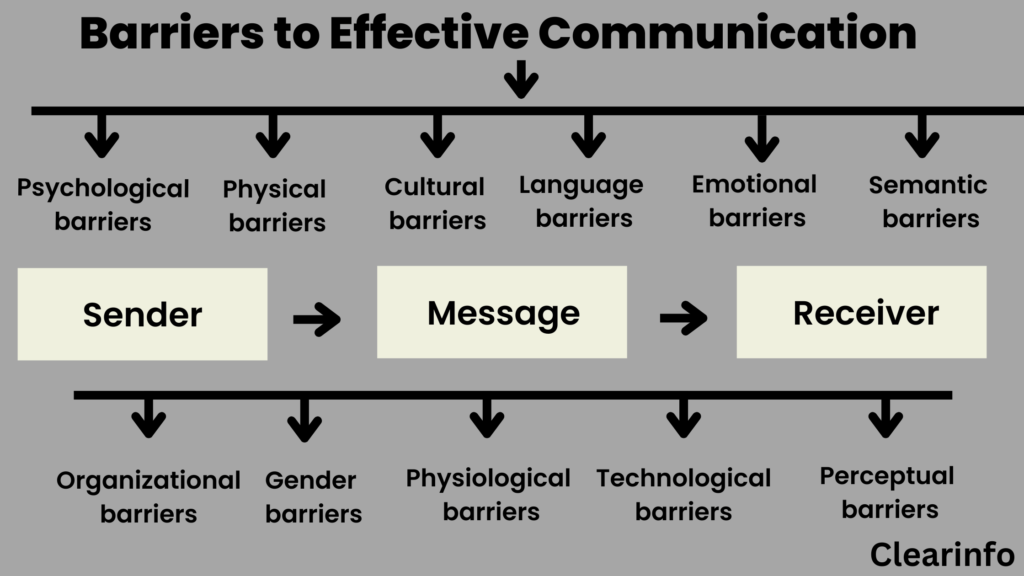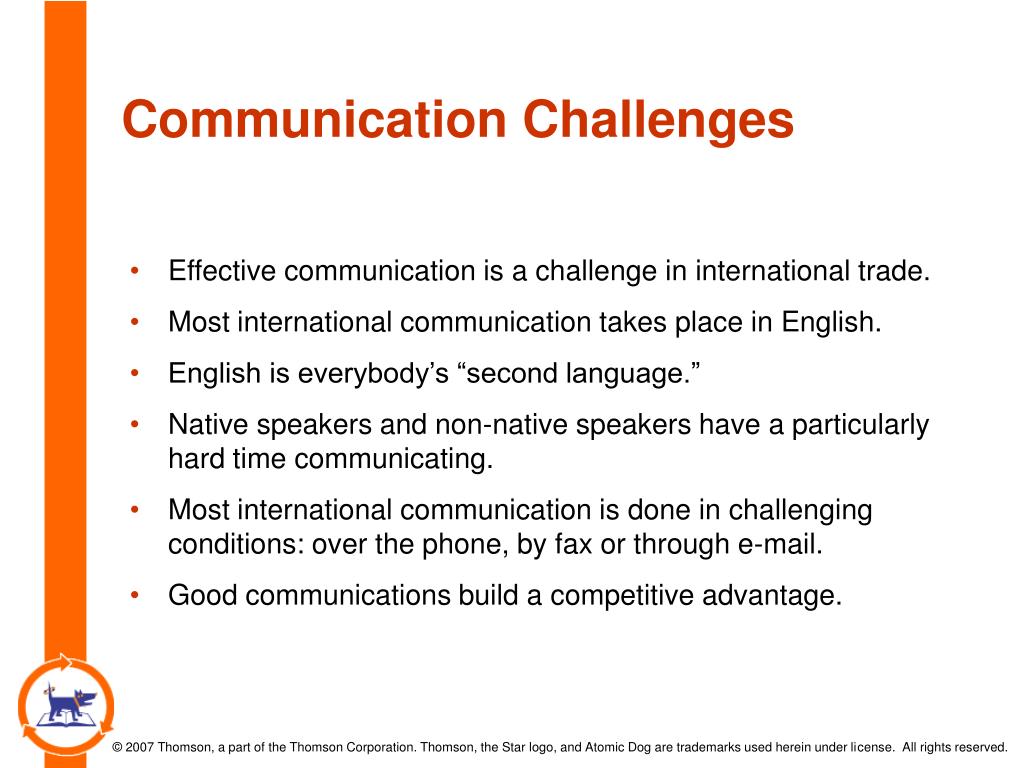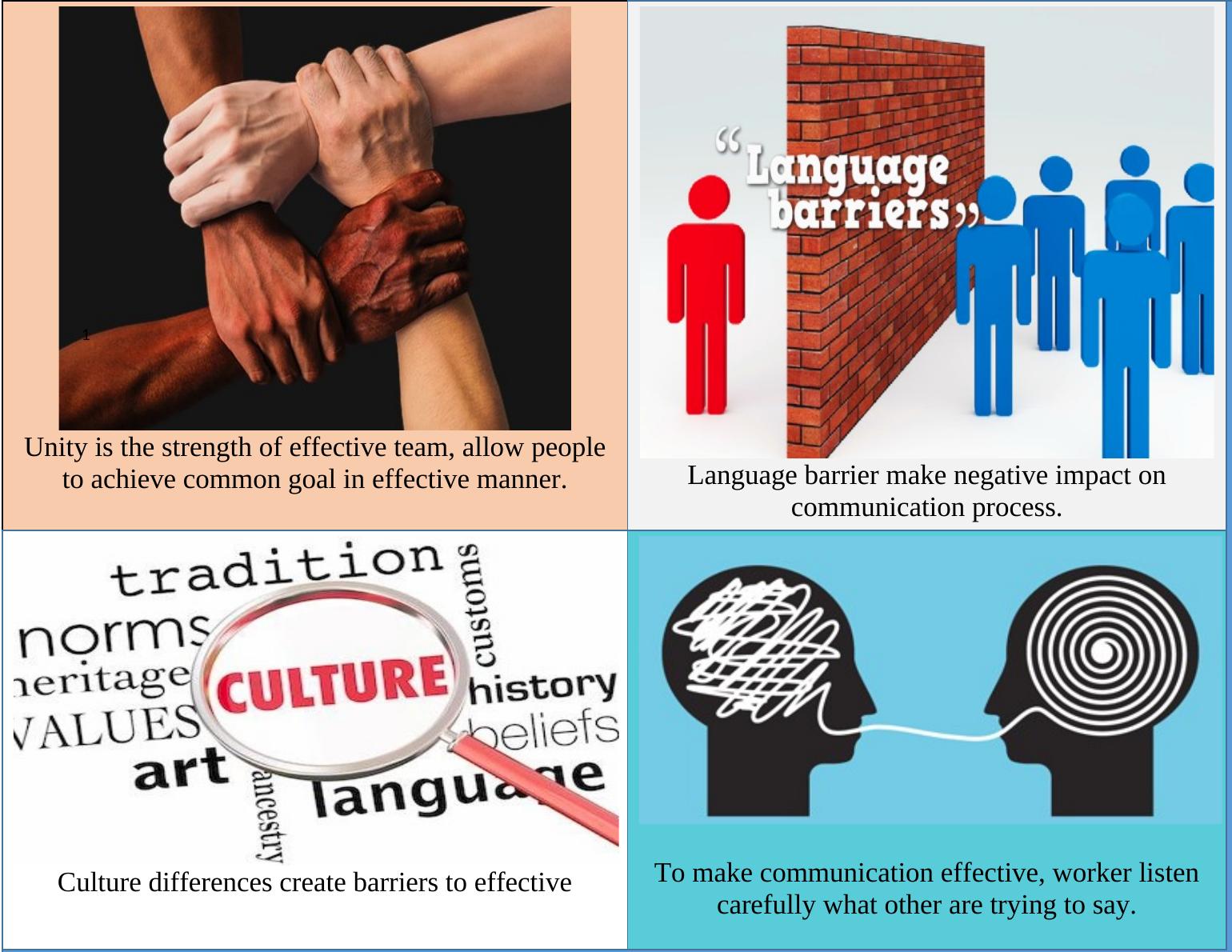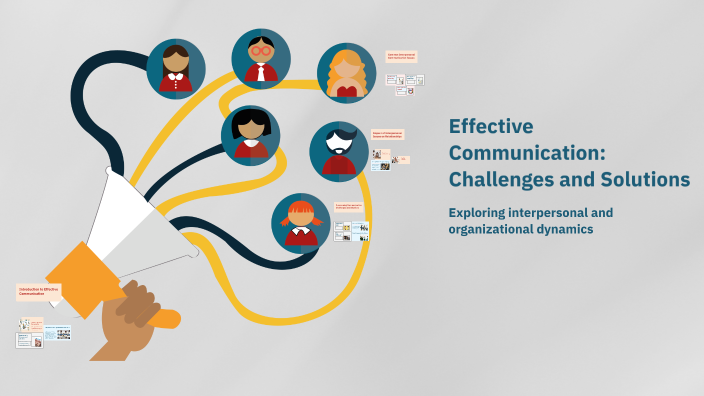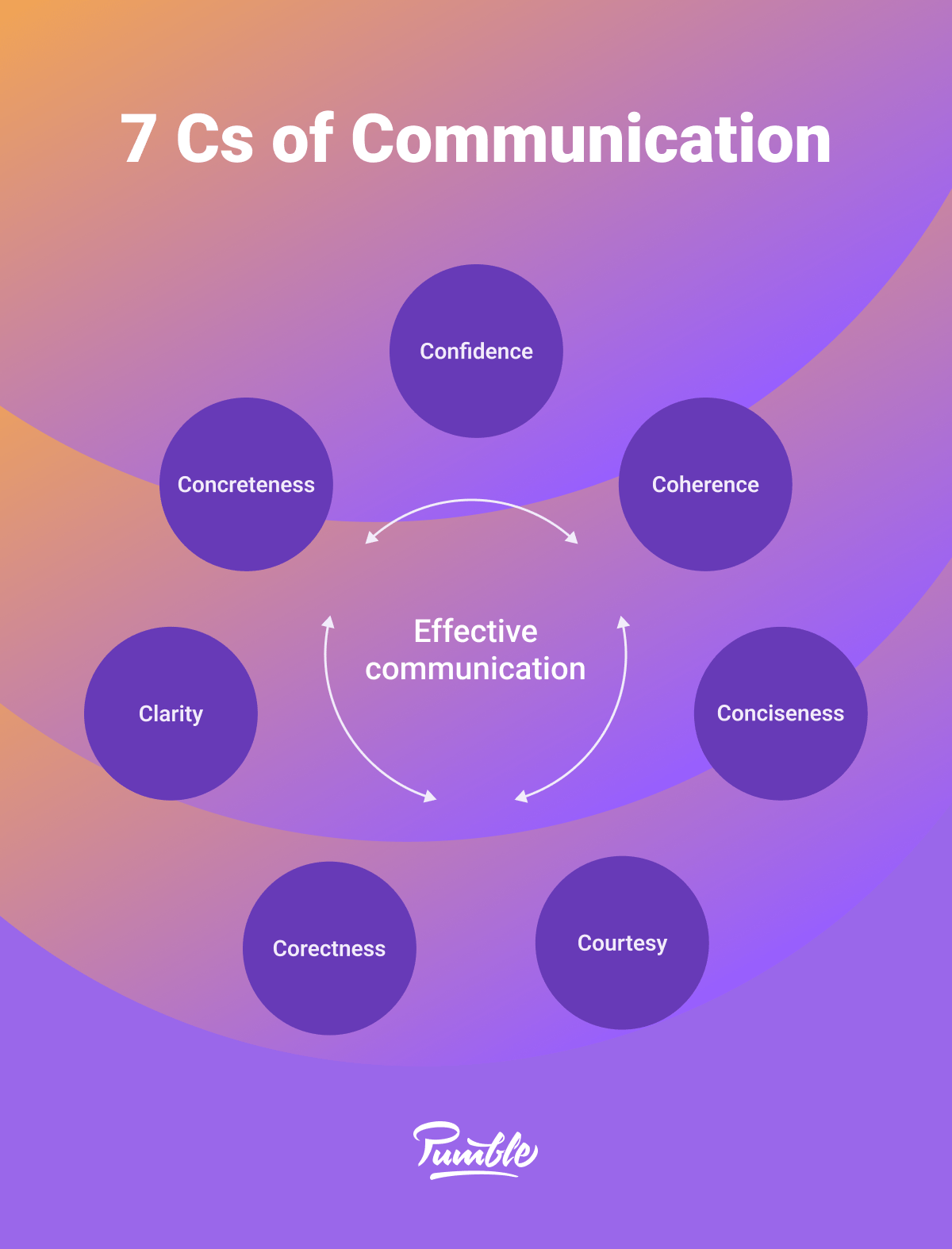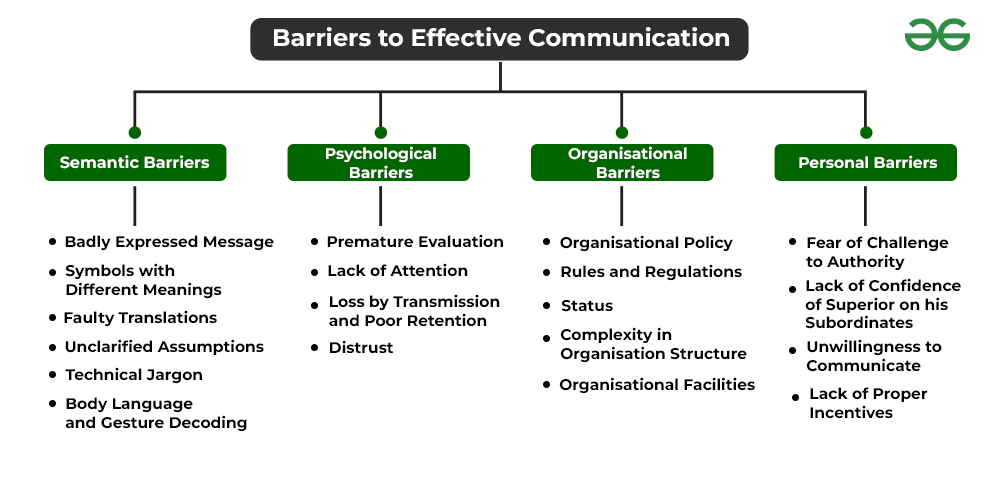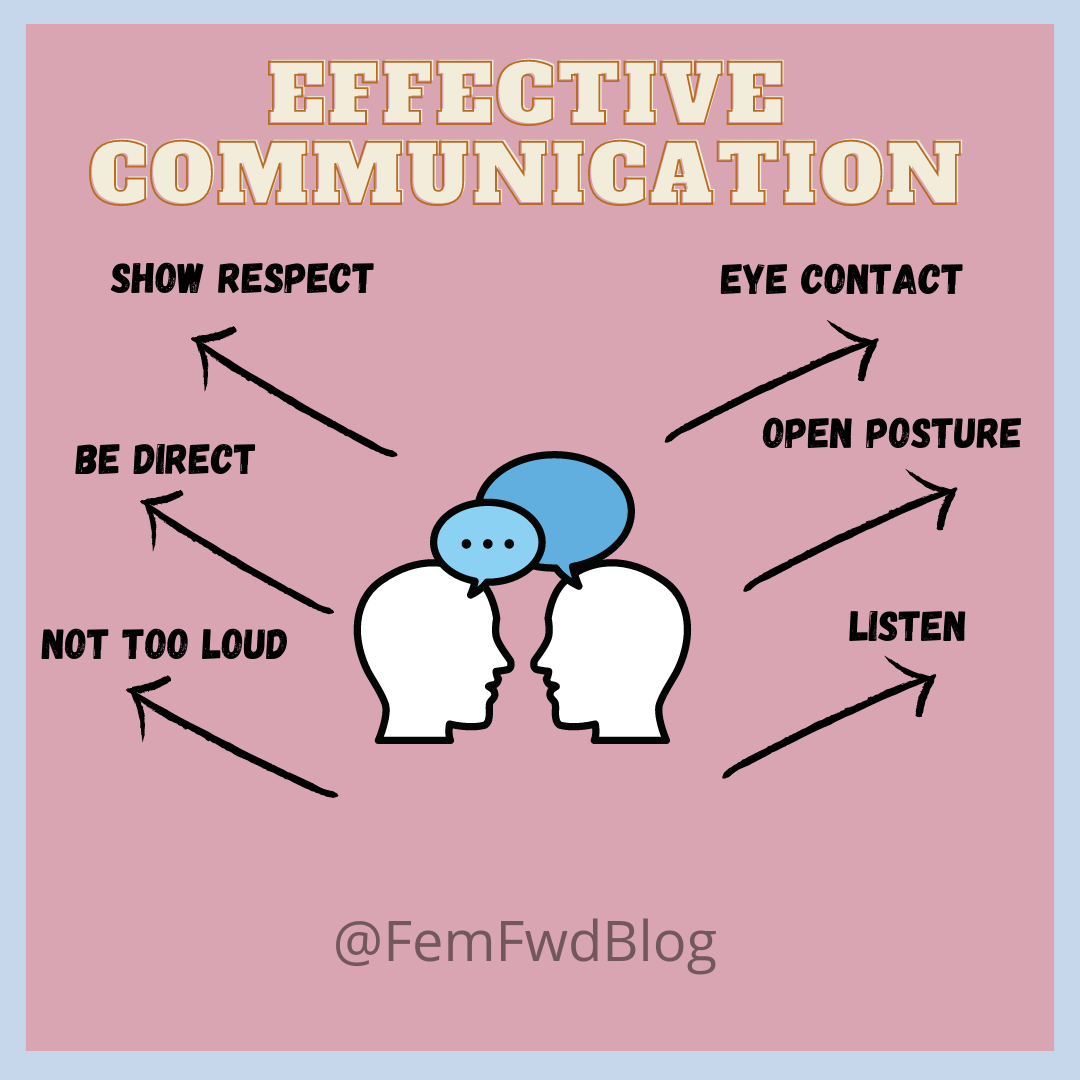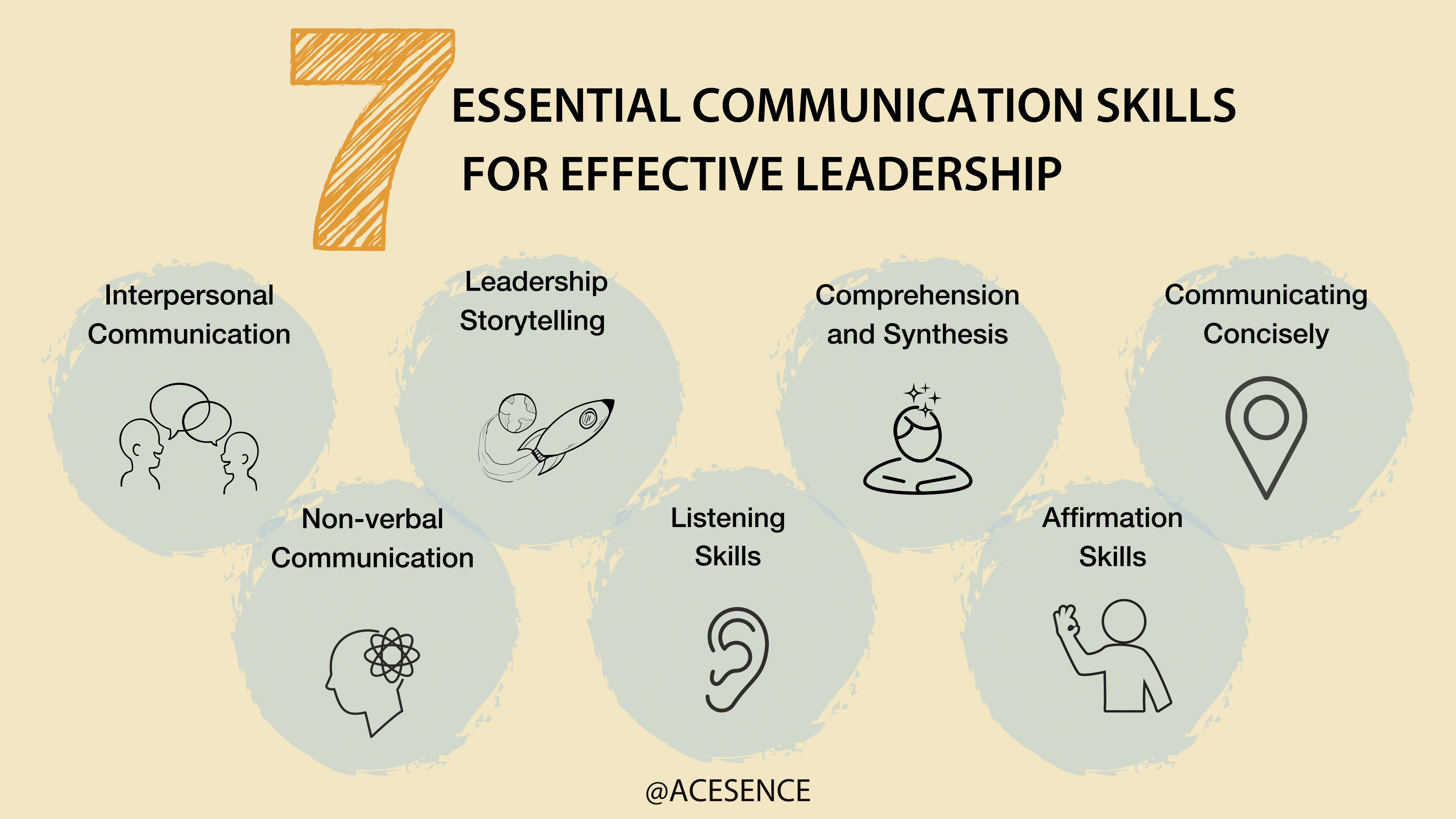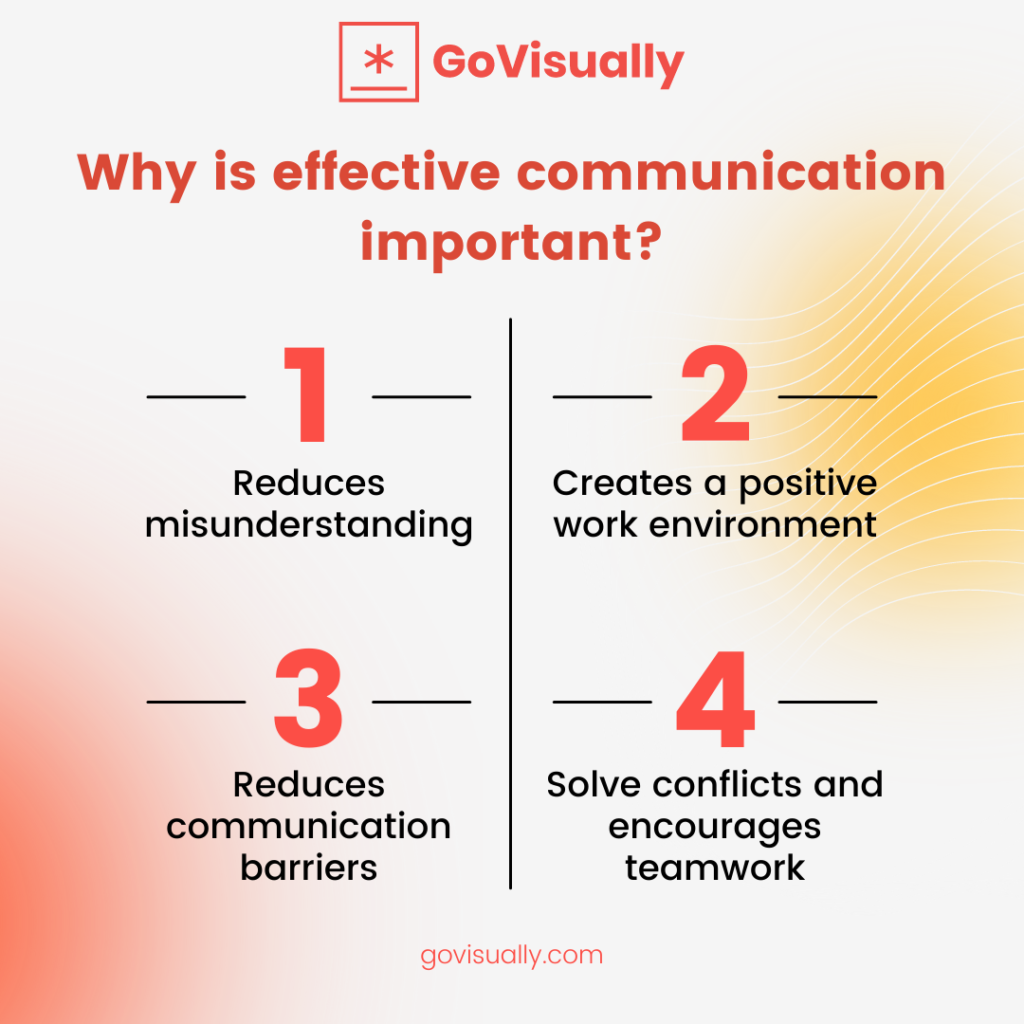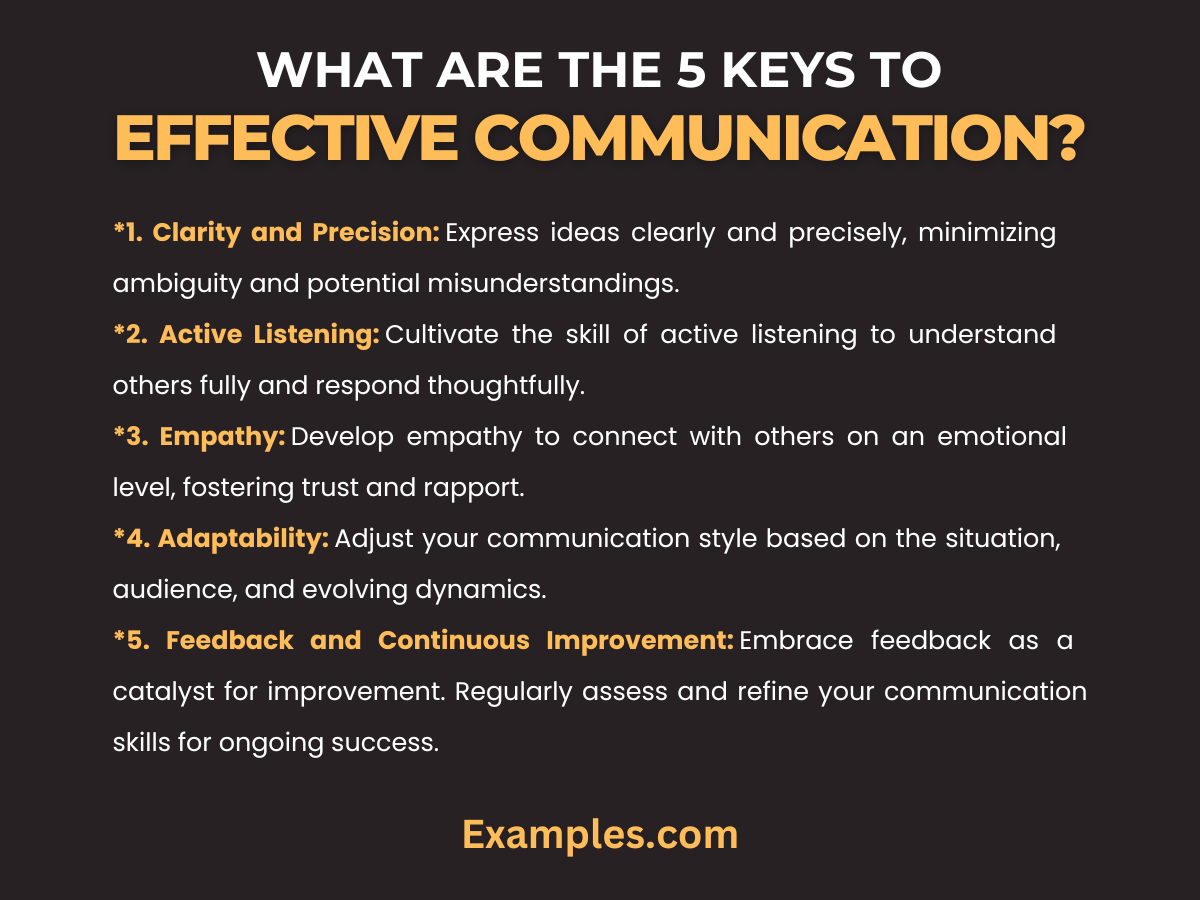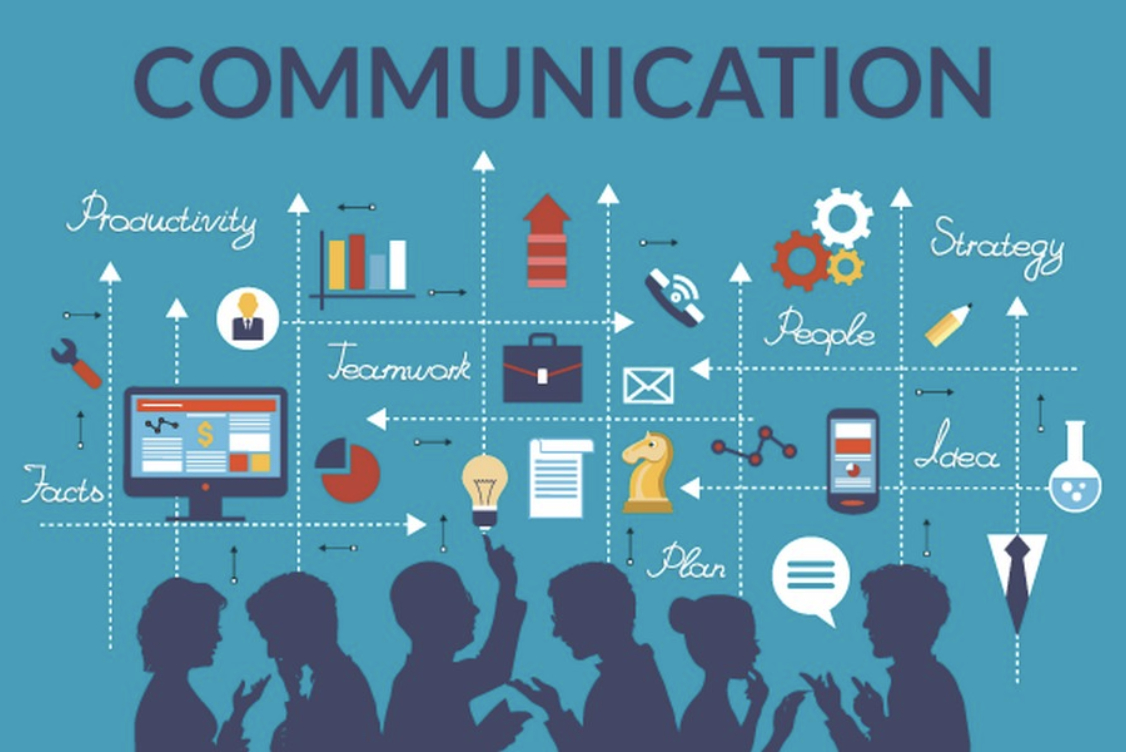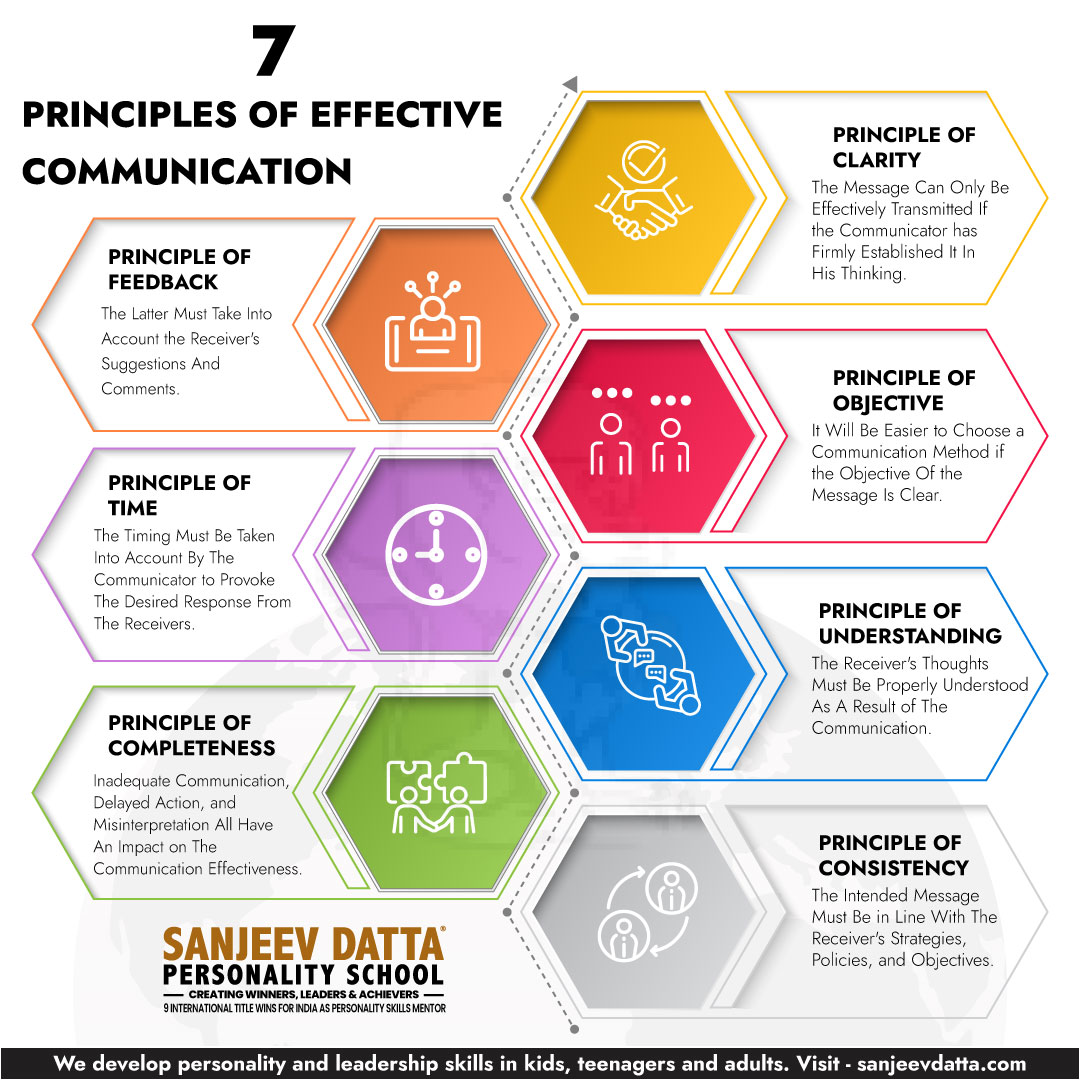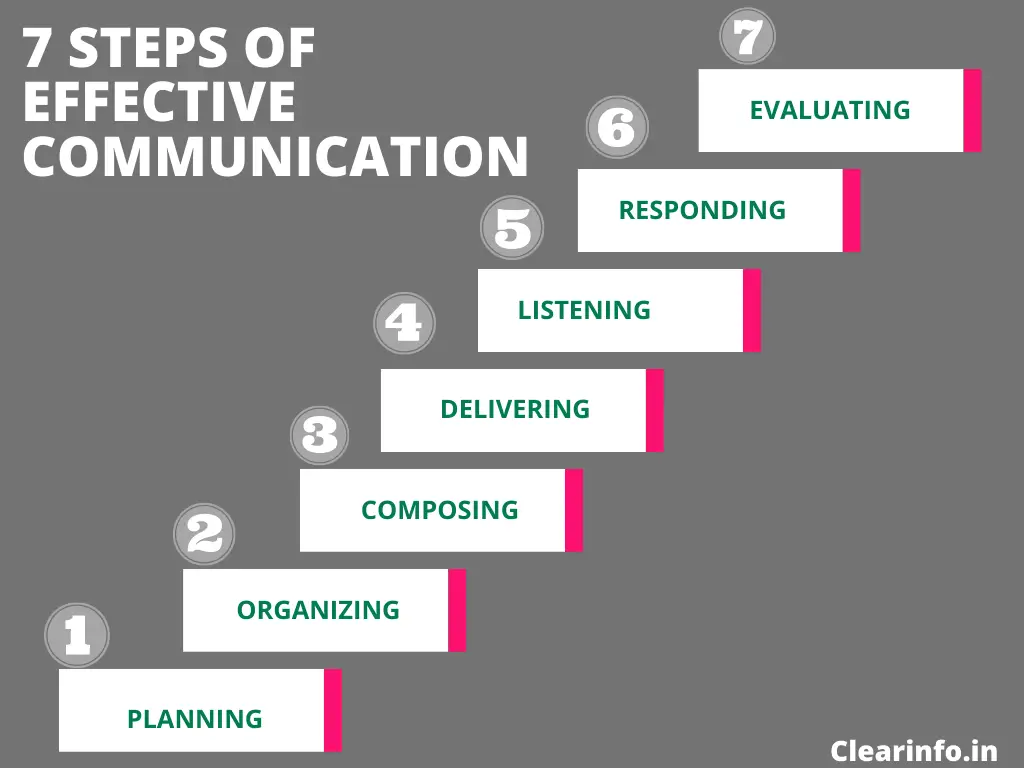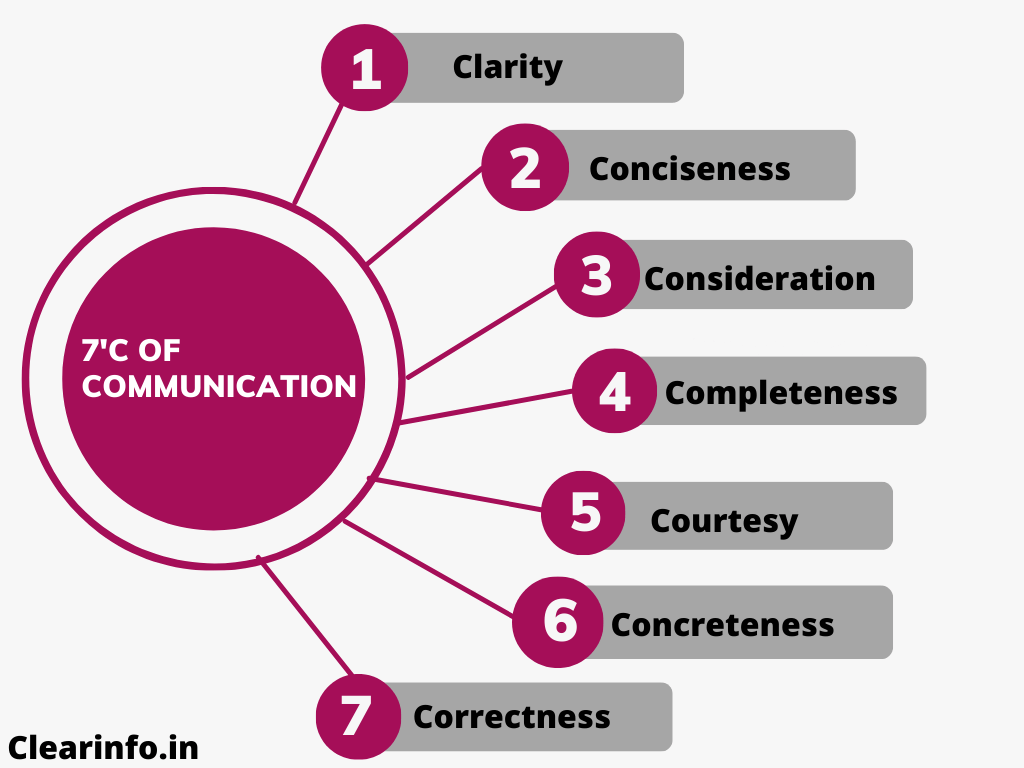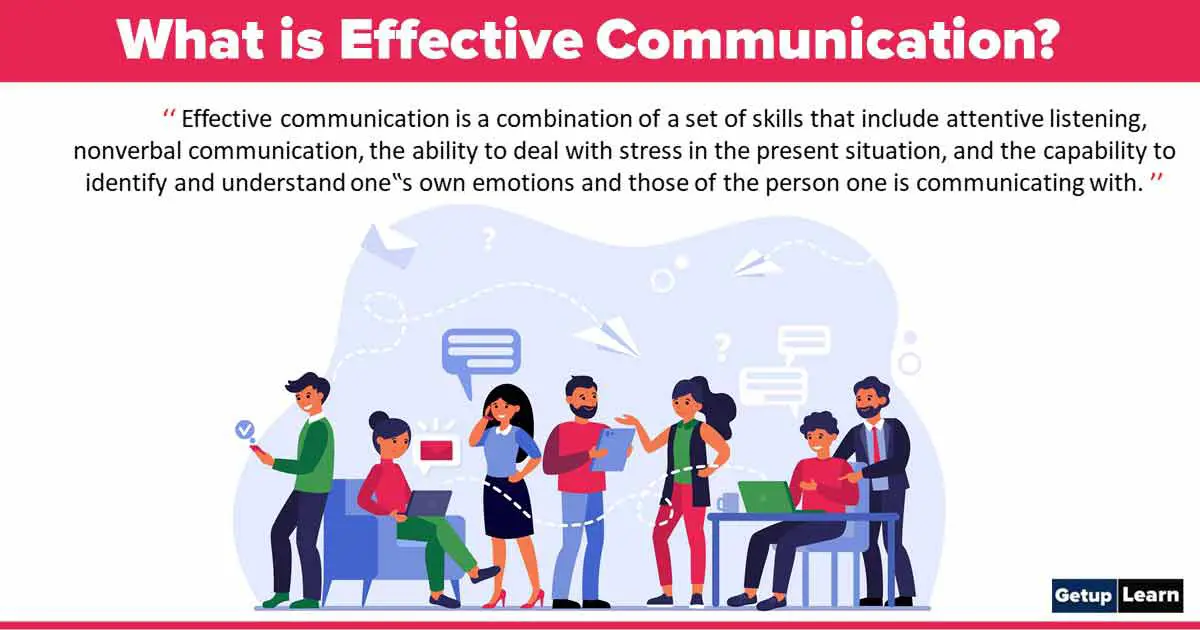Effective Communication Challenges
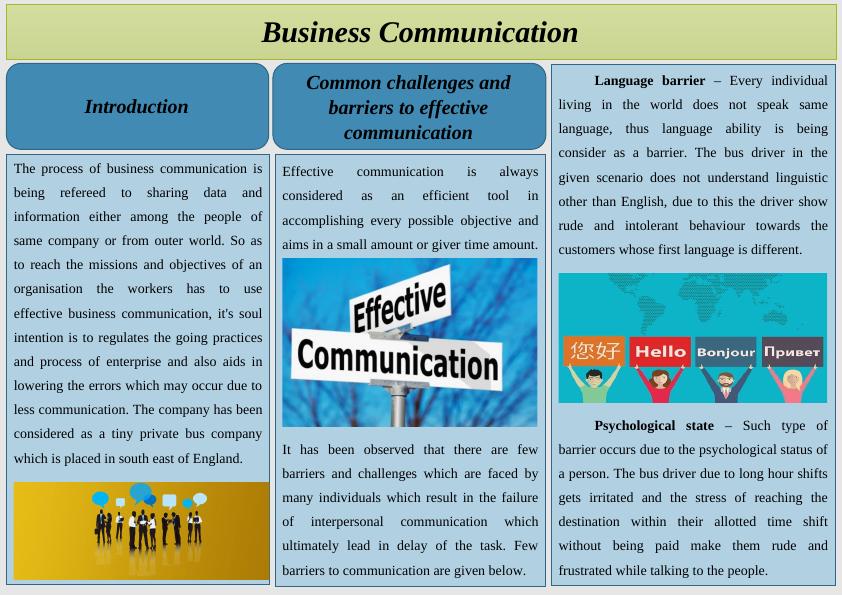
Imagine a bustling office, filled with the clatter of keyboards and the murmur of conversations. Yet, beneath the surface of apparent activity lies a sea of misunderstandings. A project stalls, a deadline is missed, and frustration simmers. The culprit? Not a lack of talent, but a breakdown in effective communication.
Effective communication challenges are pervasive in today's interconnected world. They impact everything from workplace productivity to personal relationships. Addressing these challenges is crucial for fostering collaboration, building trust, and achieving shared goals.
The Roots of Miscommunication
The modern workplace, characterized by remote teams and diverse cultural backgrounds, presents unique hurdles. Cultural differences can lead to misinterpretations of nonverbal cues and communication styles. What is considered direct in one culture might be perceived as rude in another, creating friction and hindering collaboration.
Technological advancements, while offering incredible connectivity, can also contribute to communication breakdowns. Reliance on email and instant messaging can lead to a lack of nuanced understanding. Tone and context are often lost in text-based communication, leading to misunderstandings and misinterpretations.
Information overload is another significant factor. According to a study by the McKinsey Global Institute, employees spend an average of 28% of their workweek reading and answering emails. This constant influx of information can make it difficult to prioritize, focus, and effectively process important messages, ultimately hindering effective communication.
The Impact on Productivity and Morale
Ineffective communication directly impacts productivity. When team members struggle to understand instructions or expectations, errors occur, projects are delayed, and resources are wasted. This, in turn, can lead to increased stress and decreased morale.
A study by the Project Management Institute (PMI) found that poor communication is a factor in over 30% of project failures. This highlights the critical role of clear and consistent communication in ensuring project success.
Beyond tangible outcomes, poor communication can also erode trust and create a toxic work environment. When employees feel unheard or misunderstood, they become disengaged. They feel less valued and less likely to contribute their best work.
Strategies for Enhanced Communication
Addressing these challenges requires a multi-faceted approach. Organizations must prioritize training in active listening, a skill that involves fully concentrating on what is being said, understanding the message, and responding thoughtfully. Active listening fosters empathy and helps to avoid misunderstandings.
Encouraging open and transparent communication is also vital. Creating a safe space where employees feel comfortable sharing ideas and concerns without fear of judgment can foster a culture of trust and collaboration. Regular feedback sessions and team meetings can provide opportunities for dialogue and clarification.
Leveraging technology strategically can also enhance communication. Video conferencing, for example, allows for nonverbal cues to be observed, adding depth and context to conversations. Project management software can also streamline communication by providing a centralized platform for sharing information and tracking progress.
Leading by Example
Leaders play a crucial role in modeling effective communication behaviors. When leaders communicate clearly, consistently, and with empathy, they set the tone for the entire organization. They should also actively seek feedback and be open to adjusting their communication styles to better connect with their teams.
Investing in communication skills is an investment in organizational success. By prioritizing effective communication, companies can foster stronger relationships, improve productivity, and create a more positive and engaged work environment.
Ultimately, overcoming effective communication challenges requires a conscious effort to understand different perspectives. Also it require a commitment to clear, concise, and empathetic communication. It's about creating a culture where everyone feels heard, understood, and valued.
